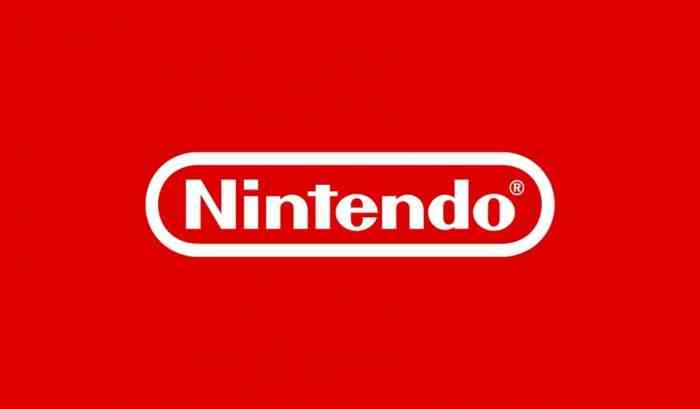Potential Solution for Nintendo’s Cable Connection Woes
If you’ve ever found yourself frustrated by the setup of your Nintendo Switch dock, particularly when it comes to connecting cables to your TV, you’re not alone. The current design of the dock, with its ports fixed to one side, can pose challenges, especially if your TV’s ports are located on the opposite side.
However, a recent patent filed by Nintendo offers a glimmer of hope for a more user-friendly solution. Dated April 2, 2024, and shared on the ‘GamingLeaksAndRumours’ subreddit, the patent reveals a rotating I/O (input/output) panel designed to allow users to position the dock’s ports on either the left or right-hand side.
The patent addresses the inconvenience of cable connections, which Nintendo acknowledges as potentially troublesome with the current dock configuration. By introducing a swivel block mechanism, users would have the flexibility to rotate the I/O panel 180 degrees, effectively swapping the ports from one side to the other.

Illustrations accompanying the patent depict the proposed solution in action, demonstrating how the ports, including USB connections, could seamlessly transition to the desired side. This innovation aims to streamline the cable connection process and alleviate the need for awkward wire arrangements or dock placement adjustments.
While the patent offers a promising solution to a common issue, its realization remains uncertain, especially considering the age of the Nintendo Switch console. With speculation surrounding the potential release of a successor, dubbed the ‘Switch 2,’ the fate of this patent may hinge on future hardware developments and user demands.
Although the patent represents an elegant response to a specific problem, its practical implementation may ultimately depend on the evolving landscape of gaming technology and user preferences. As Nintendo continues to innovate, fans can only speculate on the possibilities for enhancing the gaming experience in the years to come.